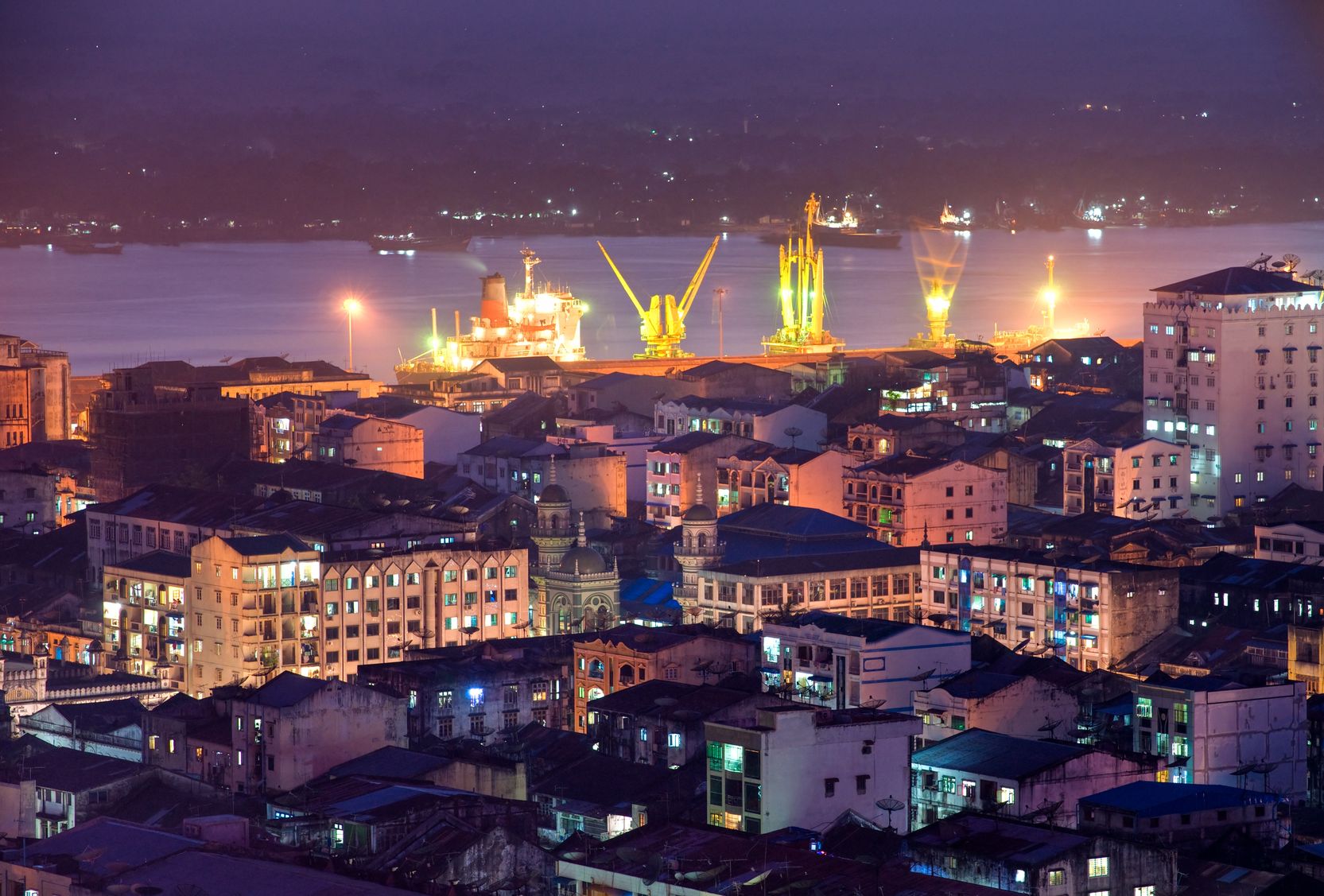10 July, 2018
Myanmar, formerly known as Burma, is situated in the north western-most part of mainland Southeast Asia bordering China, India, Bangladesh, Thailand and Laos. It is the biggest land mass in mainland Southeast Asia and ranks 40th on the global scale. It is strategically located near major Indian Ocean shipping lanes.
The introduction of western style insurance arrived in Myanmar after the first Anglo-Myanmar War which lasted from 1824–26 with the arrival of the British troops. Just before independence in 1948, over 100 insurance companies prospered in Myanmar and out of them only 1 company belonged to Myanmar Nationals. However, when nationalisation took place in 1964 during the Socialist era, only 1 insurance company was left and it was the state-owned insurance company.
In 1988 Myanmar saw a political upheaval which toppled the military-back socialist government and market economy was reintroduced. Private enterprises came up again. In the insurance sector “Myanmar Insurance”, the one and only state-owned insurance company prepared to liberalize the insurance market by enacting, the law known as “the Insurance Business Law” in 1996 and its “Rules” in 1997.
But the actual liberalisation took place in 2013 by first forming the Insurance Business Supervisory Board (IBSB), with myself as the secretary and the Managing Director of Myanmar Insurance as the chairman. IBSB called for applications from interested parties with a total of 32 applications received. We thought about the number of insurance companies which our country could sustain because too many insurance companies would spoil the market whereas too few could not meet the insurance needs of the people. We considered the economic growth, population, potential of the market and made a comparison with the neighbouring countries and concluded that for the region, 10 companies would be best suited for our country. We then decided on the criteria with the most important criteria being financial capacity. Therefore it was decided that fixed paid up capital is to be set at MMK 6 billion for life companies and MMK 46 billion for composite companies and companies have to prove that the money are clean monies and not from illegal sources. Another criteria that was decided was to have a principal officer who has working experience in insurance. As a result 12 insurance licenses were issued to companies that met the criteria however 1 company became bankrupt and surrendered its license. Currently 12 insurance companies, including the state-owned company, are working together to fulfil the insurance needs of the people.
However…
Being a very young market that is not fully developed there is a huge potential for growth. Let’s look at facts and figures. We have 53 million people but life insurance policies are in the region of 500,000. We have insurance penetration measured as the percentage of insurance premium to GDP is 0.07% for non-life and 0.01% for life, 60 times smaller than Vietnam and 100 times smaller than Philippines. We have the insurance density (per capita premium) of USD1 only. Despite these weaknesses, we have huge business potential which will encourage insurance market development in turn.
Ours is an emerging market and it is the last of its kind in South East Asia. We do have weaknesses but don’t forget “weaknesses are another word for opportunities”.
For more information, please contact:
Dr Maung Maung Thein, Of Counsel | ZICO Law Myanmar
maung.maung.thein@zicolaw.com

.jpg)




